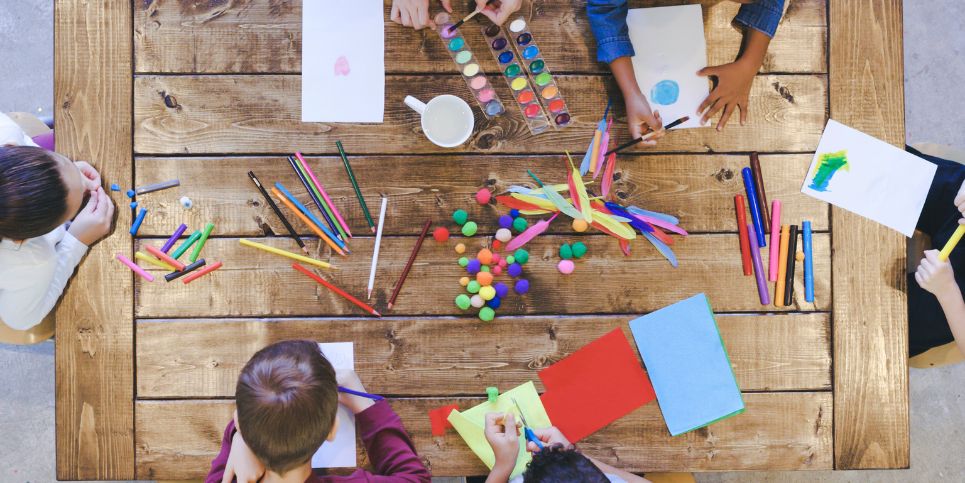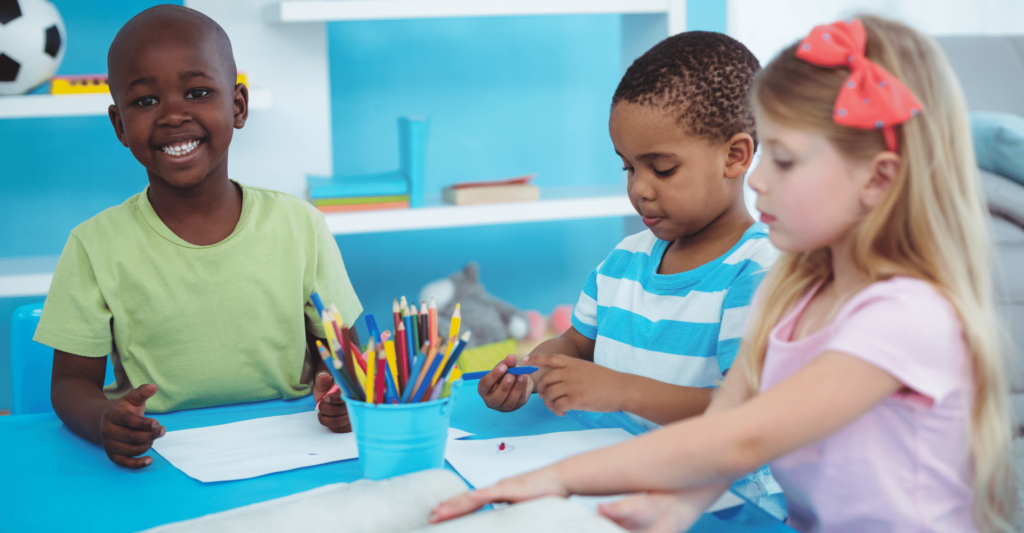Growing Readers: Learning to Love Reading and Writing Column 34
This editorial article was written by Lizzie Mussoline, M. Ed.
Arts and Crafts: Why and How to Pair with Any Book
The Children’s Book Review
Why and How to Pair Any Book With Arts, Crafts, and Activities
One of my absolute favorite things to do, besides reading and totally immersing myself in a book, is extending the beauty of a book with various arts and crafts activities related to the text. I don’t know about you all, but unfortunately, this is just not realistic during the busy school year. However, summer in my house is the perfect time to work on slowing down and really enjoying literacy with and through extension activities and projects—think Pinterest-like arts and crafts.
If the very thought of this scares the heck out of you, not to worry, there are plenty of simple and organic ways to extend a book without having to fill your house up with lots of arts and crafts supplies! The good news is—whether you love or dread a trip to Michael’s, we have lots of ideas to extend the beauty of a book with activities that exercise a variety of different learning types.
In my earlier teaching days, we talked a lot about Howard Gardner’s Theory of Multiple Intelligences. Many people are familiar with the broader categories of learning: visual, auditory, and kinesthetic. However, beyond these three categories, many theories and approaches toward human learning potential have been established. Among them is the theory of multiple intelligences developed by Howard Gardner. Gardner’s early work in psychology and later in human cognition and human potential led to this idea of the initial six bits of intelligence. (Today, there are technically nine bits of intelligence).

In Gardner’s book, “Tapping into Multiple Intelligences”, these bits of intelligence are summarized as:
- Verbal-linguistic intelligence (well-developed verbal skills and sensitivity to the sounds, meanings, and rhythms of words)
- Logical-mathematical intelligence (ability to think conceptually and abstractly, and capacity to discern logical and numerical patterns)
- Spatial-visual intelligence (capacity to think in images and pictures, to visualize accurately and abstractly)
- Bodily-kinesthetic intelligence (ability to control one’s body movements and to handle objects skillfully)
- Musical intelligence (ability to produce and appreciate rhythm, pitch, and timber)
- Interpersonal intelligence (capacity to detect and respond appropriately to the moods, motivations, and desires of others)
- Intrapersonal (capacity to be self-aware and in tune with inner feelings, values, beliefs, and thinking processes)
- Naturalist intelligence (ability to recognize and categorize plants, animals, and other objects in nature)
- Existential intelligence (sensitivity and capacity to tackle deep questions about human existence such as, “What is the meaning of life? Why do we die? How did we get here?”
As a teacher, parent, caregiver, or anyone wanting children to fall in love with reading and learning, it is so helpful to tap into these bits of intelligence to help foster a love of literacy and learning. In our opinion, there’s no better way to do that than by growing these bits of intelligence with and through various beautiful and powerful books! Below are a few great ways to grow your kiddo’s brain and hearts in a way that is a little different and super fun.

Before, during, or after reading a book, kiddos can try these arts, crafts, and activities:
- Start and maintain a “word journal” with words they find beautiful, interesting, and/or challenging. Pages can be filled with anything that helps your child understand the meaning of the word – illustrations, sketches, synonyms, antonyms, or examples of using the word correctly in a sentence.
- Sketch a scene that they visualized and perhaps even add the words that helped them create this “mind movie”. Take this further by creating an art gallery around the home – full of special drawings related to the text.
- Create a summary of the book—but do so in the form of a song, poem, or rap. Add dance movements, too!
- Pretend to be one of the characters in the book and write a “mood journal” as if they were them!
- Create a summary “scrapbook”; readers can put together and use any arts and crafts supplies that help them convey important details about the characters, setting, plot, and/or theme.
- Design and build a diorama.
- Recycling craft—dig into the recycling (with an adult’s permission) and build/create something that represents the book using any of the recyclables!
- Plan their own story time or book club for a small group of friends. Your kiddo can plan it however they see fit, create discussion questions, and even a fun snack that relates to the book as well as a craft, of course!
- Start/maintain a journal of favorite or powerful quotes. Paint them on rocks and create a “Book Rock Garden”, or spread them out in your neighborhood for others to enjoy!
Thank you for reading the Growing Readers: Learning to Love Reading and Writing column. Bookmark this Growing Readers Column link or subscribe to our e-newsletter so you do not miss out on the monthly reading tips. Arts and Crafts: Why and How to Pair with Any Book was written by Lizzie Mussoline, M. Ed.—follow her on Instagram: @wildflower_learning_denver.

